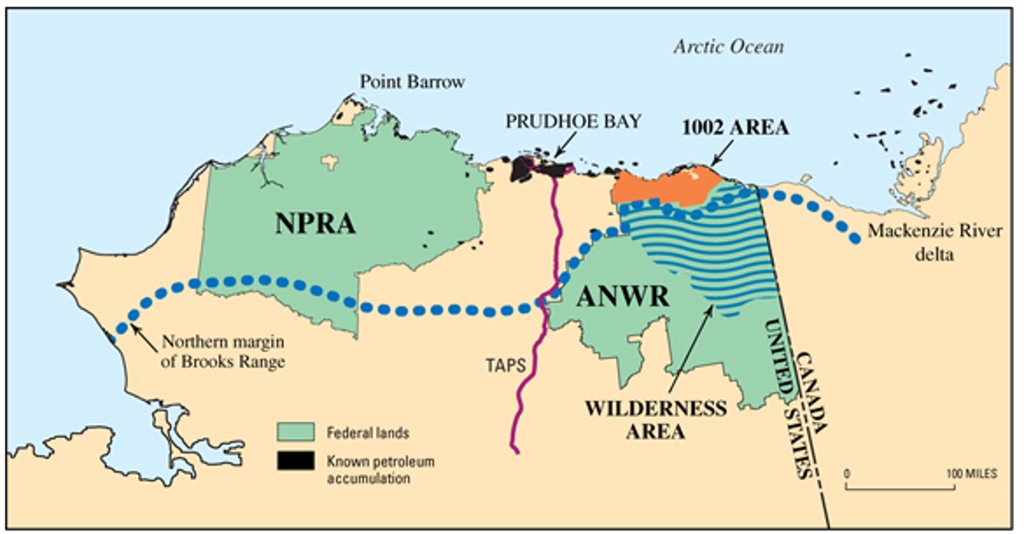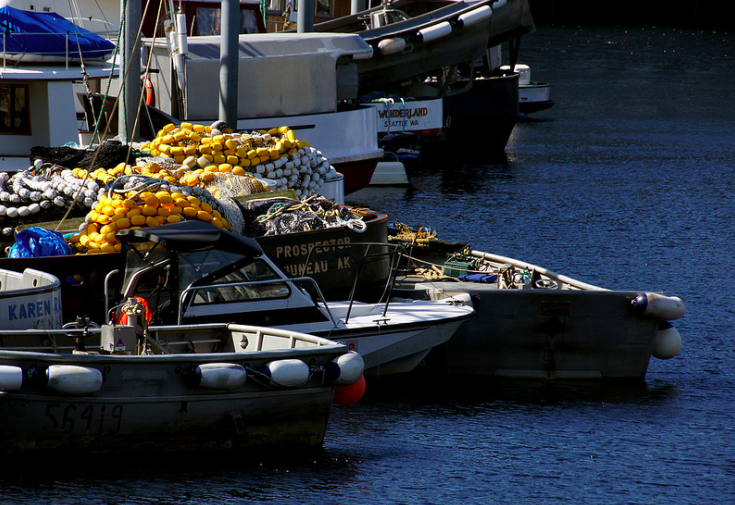The anti-cruise ship petitions circulating in Juneau didn’t get enough signatures on them to submit by Wednesday’s deadline, the group said at a press conference this morning.
The group, Cruise Control, instead submitted a demand letter to the mayor and Juneau Assembly, saying those who had signed the petition want the city to limit the number of cruise ships in the city because “Juneau residents have real issues with cruise tourism impacts in our community that require a strong show of leadership from the Assembly. We have waited for decades for CBJ leaders to act. The time is now.”
The three petitions, if they had made it to the ballot this October, would have asked voters to limit cruise ships to 7 am to 7 pm, no Saturday visits, and no ships over 100,000 gross tonnage. Together they would have eliminated about 70 percent of the tourism economy of Juneau.
Three anti-cruise ship questions could be on Juneau ballot this October
McHugh Pierre, who has been at the forefront of a group opposing the ballot initiatives, said that in a recent poll his group did, 84 percent of Juneau respondents support the cruise industry, while 16 percent do not.
This year, only a couple small cruise vessels have reached Juneau, but the larger vessels will be making stops there from late July through mid-September. For August, Juneau might get one cruise ship a day, but much of the downtown, as with other port towns in Southeast, has papered-over windows of businesses that won’t return this year, if ever. In a normal year, the city could see four cruise ships a day, or even more, adding in the smaller ones.
Cruise Control wants the Assembly to adopt ordinances that restrict hours for cruise ships, and they want the Assembly to direct the Docks and Harbors Department to not allow ships on Saturdays and in evenings, the same ideas that the group could not get signatures for on their petitions.
Cruise Control also wants more port fees to be levied against the cruise companies, so that the city can more quickly pay off its revenue bonds.
The group needed just under 3,000 signatures on each of the three petitions in order to get the questions on the ballot. Cruise Control said that some people feared signing the petition because of retribution.
The Protect Juneau’s Future group that Pierre represents, issued a letter of thanks to the community:
“Protect Juneau’s Future and our community of supporters share an icefield sized sigh of relief that Juneau Cruise Control has failed to collect the signatures necessary to add the anti-cruise initiatives to this fall’s ballot. In choosing to not sign, the people of Juneau have shown solidarity and support of a diverse and sustainable economy. From the start, we focused our movement on local support, education, awareness, and truth. The greatest outcome of this process has been witnessing Juneau’s undeniable dedication to a climate that fosters economic diversification – and honors the entrepreneurial spirit that has given birth to so many wonderful opportunities for Juneau’s citizens to thrive. We extend our heartfelt gratitude to the community for the trust and support in our commitment to protect Juneau’s future for generations to come. We look forward to working in partnership with our municipal leadership, the tourism industry, our community including those who supported the initiatives, to best plan for a balanced future.”






